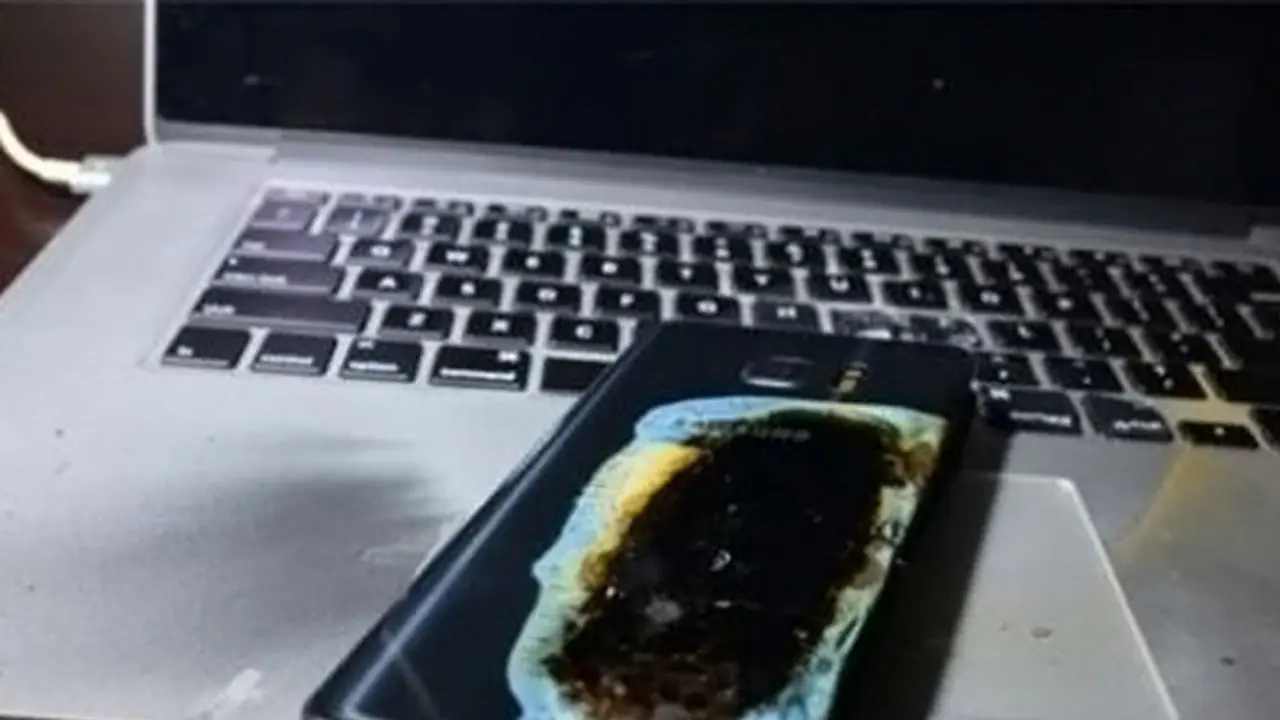Samsung Galaxy Note 7 was blowing up in flames, causing serious injuries. Samsung announced a recall, and shipped replacements. The replaced unit also blew up in flames.
Samsung’s Galaxy Note 7 will go down in history, but for all wrong reasons!

As the device was gaining popularity, the units started blowing up causing serious injuries. The company announced a recall, and shipped new units with a replaced battery. However, the problem continued, until Samsung was compelled for a total recall and refunds. It sure dug a hole in Samsung's pockets, but what's even worse is it damaged the reputation of one of the most seasoned OEMs.
The company had set an investigation team to look into the cause of the overheating and bursting of devices. Around 700 researchers and engineers tested over 200,000 Note 7 units to finally reveal what caused the flaw. It conducted various tests related to charging (wired and wireless), water resistance, and biometrics, among others.

It also worked with three third-party test labs to look into the software, hardware, manufacturing and so on. So, what really happened? Batteries from two manufacturers had flaws - one caused due to negative electrode deflection and other due to abnormal ultrasonic welding blurs.
So, the principle cause for both batteries was different. However, both led to overheating and explosion.
While Samsung doesn't mention the two suppliers, they are widely believed to be the Samsung SDI and the Hong Kong-based Amperex Technology. The former was responsible for the first recall and the latter for the second.
The design flaw caused short-circuits as pouch created by the supplier didn't have enough space to allow the battery to expand and contract during charging and discharging cycles. This allowed the positive and negative electrodes to touch, causing short-circuit. Some reports also claim that it’s the Samsung phone that didn't ensure enough room for the battery. However, that is now believed to not be the case.
Nevertheless, Samsung now vows to leave more space for the battery than it usually does. So, what went wrong with the second supplier? News has it that when the initial batteries worked fine, the company increased orders, pushing it to become its sole supplier. The unusually big number of batteries that needed to be produced led to quality issues. While manufacturing protrusions from ultrasonic welding process cased the explosions.
Now what? Well, Samsung is pinning its hope on the upcoming Galaxy S8 that is slated to launch in March. Here’s everything you need to know about the S8. However, the bigger challenge will be rebuilding trust. Samsung fiasco had created chaos, from injuries to ban on airplanes. And, in the fiercely competitive smartphone world, consumers can be unforgiving.
The company has promised a completely changed testing process, which will be more stringent and above the industry standard. For batteries, it plans a visual inspection as well as X-Ray test. There are several other tests that will look for leakage, change in voltage and so on. It’s this testing pattern that the company hopes will help it bounce back without any such flaws in the future. But, there is no denying that the company still enjoys a loyal fan following, and the scars of the Note 7 fiasco may take some time to heal.
Main image credit: Hui Renjie
